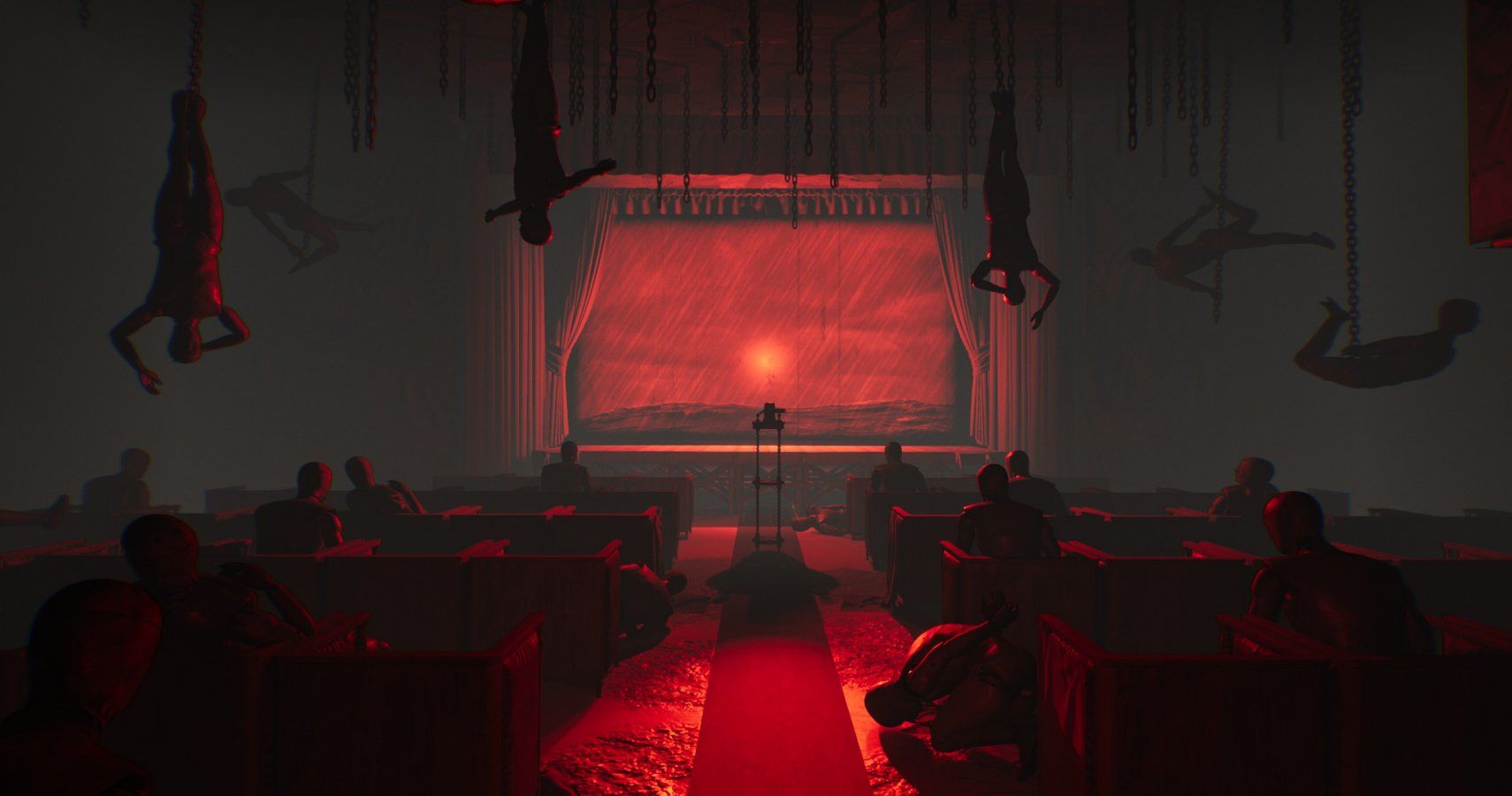You've played them all before; Layers of Fear, Amnesia, Outlast, Get Even, Home Sweet Home... the list goes on and on. Even those lucky (or unlucky?) souls who got to play P.T. experienced an unnecessary first-person perspective. Well, unnecessary in the sense that Kojima, Junji Ito, and Guillermo del Toro together didn't need such a trick to create suspense. First-person perspective in horror has been abused for far too long. Whatever happened to legendary third-person titles, like Dead Space, Alan Wake, and Resident Evil? These classics have taken a back seat during the rise of jump scares and screaming streamers, leading to the devolution of memorable horror storytelling.
The Amnesia Effect
Amnesia: The Dark Descent probably had the most influence on the survival horror genre in gaming. Though first-person had been used plenty before the game's release, following its immense praise (currently rated 10/10 on Steam) many other horror games published afterward strove to emulate its deeply unsettling perspectives. This was only possible if players saw through the eyes of the main character, pulling the gamer into the gameplay with dark hallways, strange sounds, and nightmarish creatures that made the game all the more difficult to finish.
What made Amnesia so horrifying wasn't jump scares but the unsettling atmosphere of the in-game world. Much like Metro and BioShock, everything had a sinister feel as much a desolate and demented one, due to its first-person perspective. Whereas other games tended to allow for a less heart-throbbing playthrough, Amnesia and games that followed made players fear turning the next corner. This facet, however, only became the very issue that seemingly plagues modern survival horror. It's no longer about the psychological effects of events in-game. Now, it's all about: "Boo," scared you!
PS2 Horror Was King
The best possible era of horror gaming can be found on the PlayStation 2, which featured such titles as Fatal Frame II, Silent Hill 2, Resident Evil 4, and The Suffering. All of the aforementioned games are third-person, which speaks volumes about how the genre itself has changed over time. At first, these horror games used grimdark settings in line with some horrifying narratives that didn't necessitate jump scares or even a first-person perspective. At their heart was a terrifying experience that dug deep into each gamer's psyche and rewarded players with astounding endings.
These games didn't force fear, they got under players' skin merely by being unsettling even in third-person, which makes the fact that we're never getting a new Silent Hill all the more heartbreaking. Nowadays the jump scare has taken hold of the horror genre. Aside from Outlast 2 and Alien: Isolation, most modern horror survival titles utilize jump scares far too often. Layers of Fear is the best example. Despite being well-received, some fans even likening it to Kojima's canceled P.T., Layers of Fear was merely a walking simulator with far too many jump scares and limited psychological horror. Granted, it's a terrific game, which can't be said of the sequel, but at the end of the day, these first-person horror games do nothing but scare players all in the wrong ways.
Take Us Back To Third-Person
It makes sense why so many horror titles have utilized first-person perspectives. The game designers want and need players to feel like they're in the moment. It's simply not as scary when peering over a character's shoulder, though some games have found ways to work around this impediment. For one, Dead Space made perfect use of lighting (or lack thereof). Players would often find themselves trapped in an utterly darkened room surrounded by Necromorphs and, though there's futuristic weaponry unlike many of its horror counterparts, there still remains this sense of utter dread as the monsters' sounds echo around you. Similarly, The Last of Us and its terrifying clickers, which made horrid clacking noises, made for some of the most terrifying (and excruciating) stealth sequences in gaming.
The terrifying evolution of horror games has seen some rough patches, especially in the modern era. While it doesn't often get the praise it so rightfully deserves, the horror genre as a whole has certainly broadened the industry in many ways. One title in particular that has gone unnoticed is Among The Sleep, which pits players into the perspective of a 2-year-old. Though it's also in first-person, this adventure horror made use of an interesting plot in line with perspective, rather than starting with the character's viewpoint as the basis of the game. More developers should take this to heart, as it's often not about the experience in the moment, but what the moments and experiences eventually mean to the player after the game has concluded.
The industry needs more titles like Dead Space, Silent Hill, and Resident Evil that personify fear in such a way that makes players heave to look over their own shoulder rather than jump at a sudden sound or object onscreen. Though, with the bevy of upcoming first-person horror survival titles, such as Moons of Madness, Chernobylite, The Beast Inside, Dying Light 2, Rainbow Six Quarantine, and plenty more, all hopes of a third-person horror resurgence may, unfortunately, be lost...

